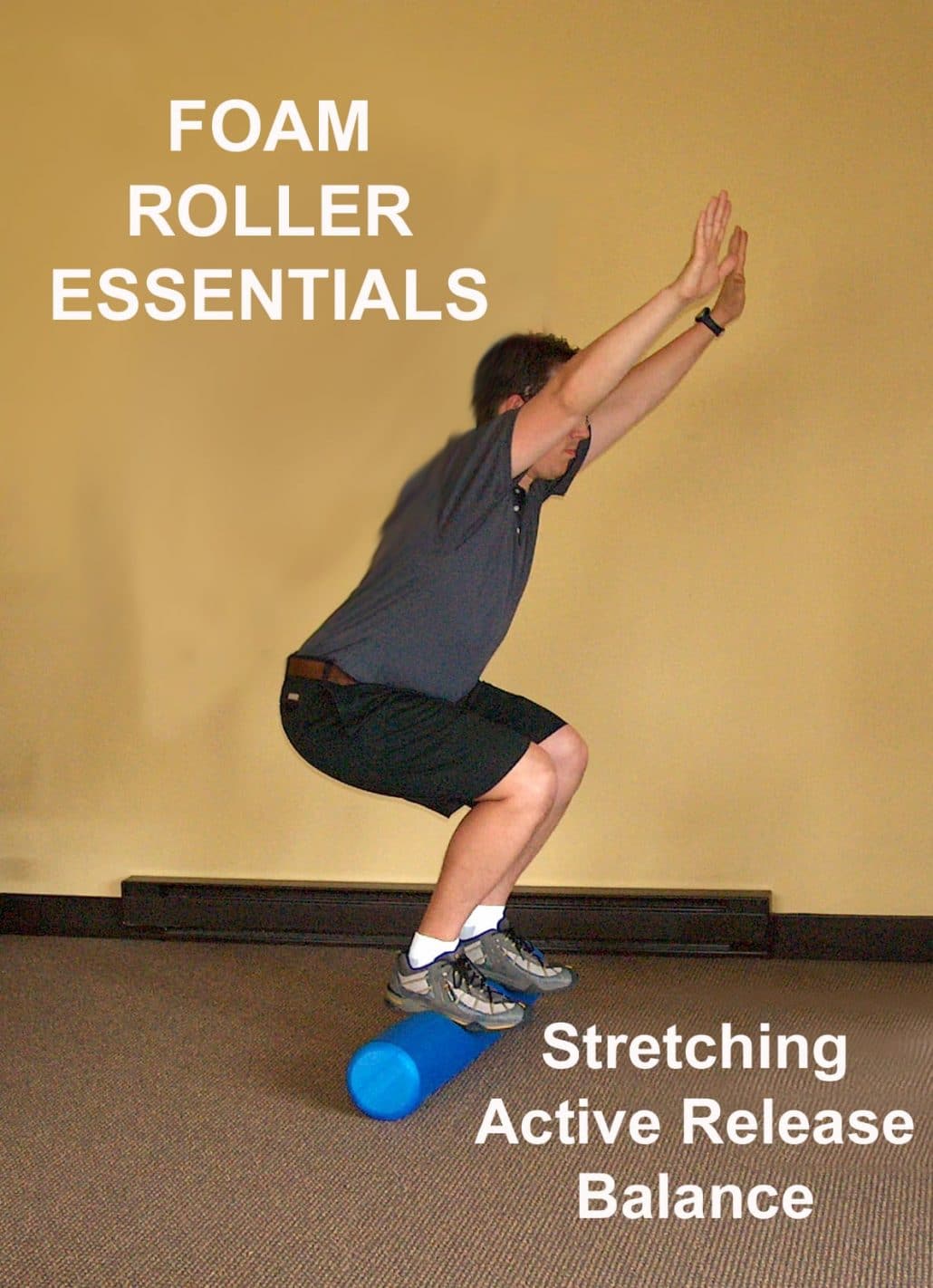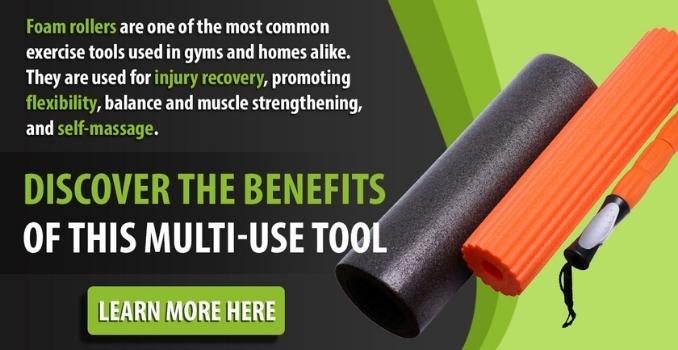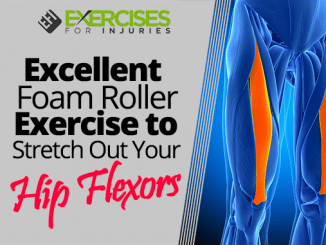
You may be surprised to learn that foam rolling isn’t just for elite athletes. Anyone can benefit from using a foam roller. A foam roller is the perfect stand-alone workout tool that offers an intense, focussed, self-directed full-body muscle stretch with no equipment. In recent years, more people have used foam rollers before and after post-workout. Despite its popularity, many people don’t know about the device or how it might help them become healthier. If you want to learn more about this device and how you can benefit from it, keep reading.
The Foam Roller
At first glance, a foam roller may appear to be an easy piece of equipment. It seems round and soft, so it mustn’t be difficult, right? That’s wrong. Using self-myofascial (SMR) release techniques, a foam roller is an excellent tool for releasing muscular tension and dissolving adhesions in your connective tissue. It is a dense cylinder measuring about 18 inches long and 6 inches in diameter. You can use it to massage away the built-up tension in your muscles and fascia (a thick connective tissue found throughout the body). You can also call foam rolling or SMR. A foam roller helps peel off adhesions that form around our muscles due to fascia buildup. If you want to learn more about this piece of equipment and how you can use it to improve your health, continue reading.
Some foam rolling benefits
- Increased blood flow to the stretched muscles allows for quicker recovery after exercise.
- It also breaks up trigger points and lactic acid buildup from overexertion.
- It speeds up muscle recovery time by increasing circulation to prevent stiffness and soreness.
- Foam rolling can help prevent injuries by increasing range of motion, increasing blood flow to the muscles, and increasing joint mobility.
- It also works out adhesions and knots in the muscle, which may reduce the pain from those adhesions.
- It can even help you relax.
- Foam rolling can increase your range of motion by breaking up adhesions, knots, and scar tissue in the muscles.
- The increased blood flow to the muscles from foam rolling can also help athletes perform better by eliminating lactic acid and toxins.
Workshop Description:
I’m preparing for a workshop on foam roller exercises to improve core stability, posture, strength, range of motion, flexibility, trigger points, and balance.
Many fitness facilities offer foam rollers, but few fitness professionals employ them. The simple, easy fitness tool may be utilized to customize exercises, increase the difficulty, and benefit recovery in either one-on-one or group settings. After taking this two-hour hands-on course, you will learn the fundamentals of employing a foam roller and how it helps with strength, core stability, posture, range of motion, flexibility, trigger points, and balance. A variety of exercises will be provided to you after taking this course. You may use them with all of your patients.
Foam Rolling Exercises
- Lying Hamstring Stretch
- Quadriceps Stretch
- Inverted Hamstring Stretch
- Psoas Stretch – Chest Stretch
- Forward Lunge Stretch – Quadriceps/Hip Flexor Stretch
- Foam Roller Bridge
- Foam Roller Push-Up
What you will learn in this workshop:
- An extensive list of exercises reinforced with pictures and tutorials will improve your client’s body strength, core stability, posture, range of motion, flexibility, trigger points, and balance.
- Cutting and spotting techniques will help you make sure the activities are done correctly.
- Guidelines for determining which techniques will best benefit a patient.
- You will learn how to structure your activities into a program or class to meet a client’s needs and how to advance your clients safely.
- Knowledge of how to use a foam roller as part of a client or group program, including the proper method, breathing, and repetitions, is provided.
An athlete’s range of motion and blood flow to their muscles can be increased using a foam roller. Foam rolling has been around for a long time and is an essential part of the fitness world, even if you’ve never seen it before. Working out, athletes who want to prevent their muscles from becoming excessively tight often use foam rollers. Anyone can benefit from foam rolling if you wish to recover from a sports injury or keep your muscles loose. Considering its popularity, you may want to include foam rolling in your fitness routine. Whether a novice or an experienced athlete, this is a great way to ensure your muscles are properly stretched and relaxed.
About the Presenter:
Rick Kaselj, MS, BSc, PK, CEP, CPT, CES

To learn more about Rick, visit his blog – http://ExercisesForInjuries.com.



